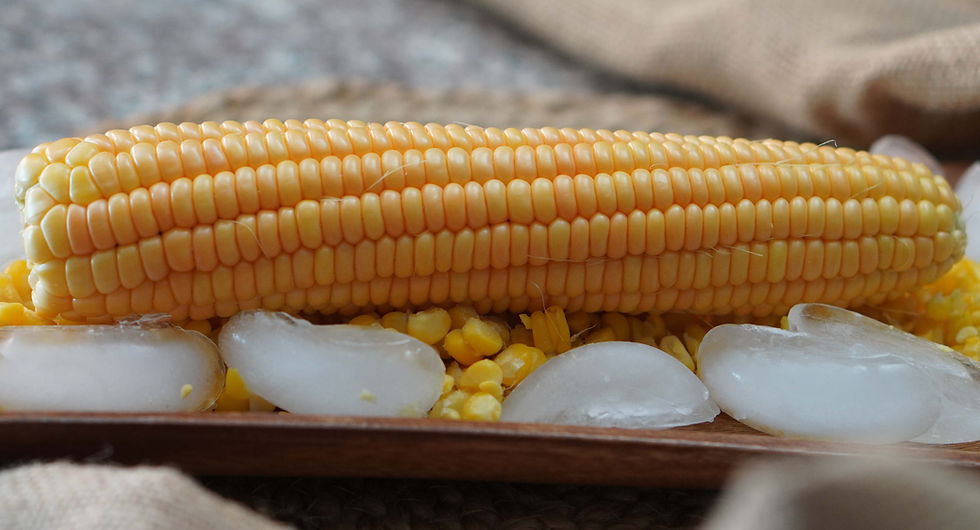How to Process Sunflower Seeds; Harvest, Brine and Roast
- Marie Overton

- Feb 1, 2021
- 3 min read
Updated: Dec 1, 2024
Nothing says summer like a huge, beautiful, big yellow sunflower. When I first began planting sunflowers I just planted the little ones for the birds to snack on. Eventually, I found our family liked snacking on them too and switched to the mammoth variety. Sunflowers are fun to watch grow and open. There is almost a daily change. The kids like to play beneath them in the garden as it makes a fantastic wonderland. When the sunflowers are done growing our family then gets a tasty treat.

Sunflower and Bee
Sunflower seeds need to be harvested when the back of the flower changes from green to yellow. After cutting the flower I like to either hang it upside down or place it upside down on a wire rack. Do not overlap them as mold can occur if there is not enough air flow for the sunflower to dry out.

Dry Sunflower
After the seeds are dry it is time to extract all of the seeds out of the head of the flower for our use. First brush off all the dry old petals and leaves so they don’t end up in your seeds. Next, a bucket with tall sides is a good idea for this project as seeds go flying everywhere. My tools of choice are a butter knife and a spoon. The hardest part is getting it started. I usually pick a spot near the middle, insert my knife between the seeds and turn it 90 degrees. This will create a small empty spot. I then work around that empty spot with a spoon using the same motion as this area will now provide less resistance. If you push the seeds towards that empty spot they usually pop right out. The seeds in the very center are usually too small and immature to work well so I leave those in the head and give it to my chickens or set them out for the birds.

Empty Sunflower Head
Now that the seeds are available for use it is time to soak them in a brine. A mild brine would be 8 cups of warm water and 1/2 cup of salt. If you are wanting a saltier seed add up to another 1/2 cup of salt. After you have brined you can check the saltiness by tasting one and add some salt to the top as you roast, but it is not as effective as brining. Mix the salt in well and add the seeds. You will need to find a way to keep the seeds under the brine. They tend to float. A plate with a weight or a few soup cans works well. (I used a glass plate so you can’t see it very well in this picture.) Some of the seeds may pop up around the plate but it is not a big deal. The next time you stir they will get trapped under the plate and have their turn in the brine. I stir them a few times in the next 24 hours but otherwise, they are just absorbing the salt.

Weighted Down into Brine
After the brining process is complete, it is time to roast the seeds.

You will need a roasting pan or other tall-sided pan that can go in the oven. Heat the oven to 250 degrees fahrenheit and place the pan of seeds inside on a rack in the middle of the oven. I check on them about every 30 minutes, stirring to move the wet seeds from the bottom to the surface where they can dry. This will take multiple hours to completely dry out the seeds, so just plan on it being a half-day long event. When all the seeds are dry, try one to see if they are dry and crunchy on the inside as well as the outside. Usually, it needs a little longer but sometimes I am surprised and it will be done.

Store them in an air tight container in a cool dry place.
If you have any questions or comments please place them below.
























Comments